Growing a bee garden is as easy at it gets for a home gardener. There’s no need to seek out exotic blooms or struggle with fussy flowers that need to be pampered.
Some of the best plants to grow for bees are what I consider the underdogs of a garden: those “plain Jane” flowers and hard-working herbs that normally wouldn’t get a second glance.
In fact, all my bee gardens over the years were planted primarily because of how low-maintenance they were. They’re fairly drought-tolerant, self-seeded freely as annuals, grew back every year as perennials, and did double-duty as human food and pollinator food (as was the case with my herbs).
While you’ll find many lists with dozens of plant recommendations for your bee garden, the types of flowers that attract bees are simpler than you think.
What kind of flowers attract bees?
Bee-friendly flowers include traditional favorites like bee balm and sunflowers, as well as unassuming ground covers like sweet alyssum and sedum.
I also like to let things like cilantro and parsley go to seed every season for this very reason (aside from my general laziness in cleaning up the garden right away).
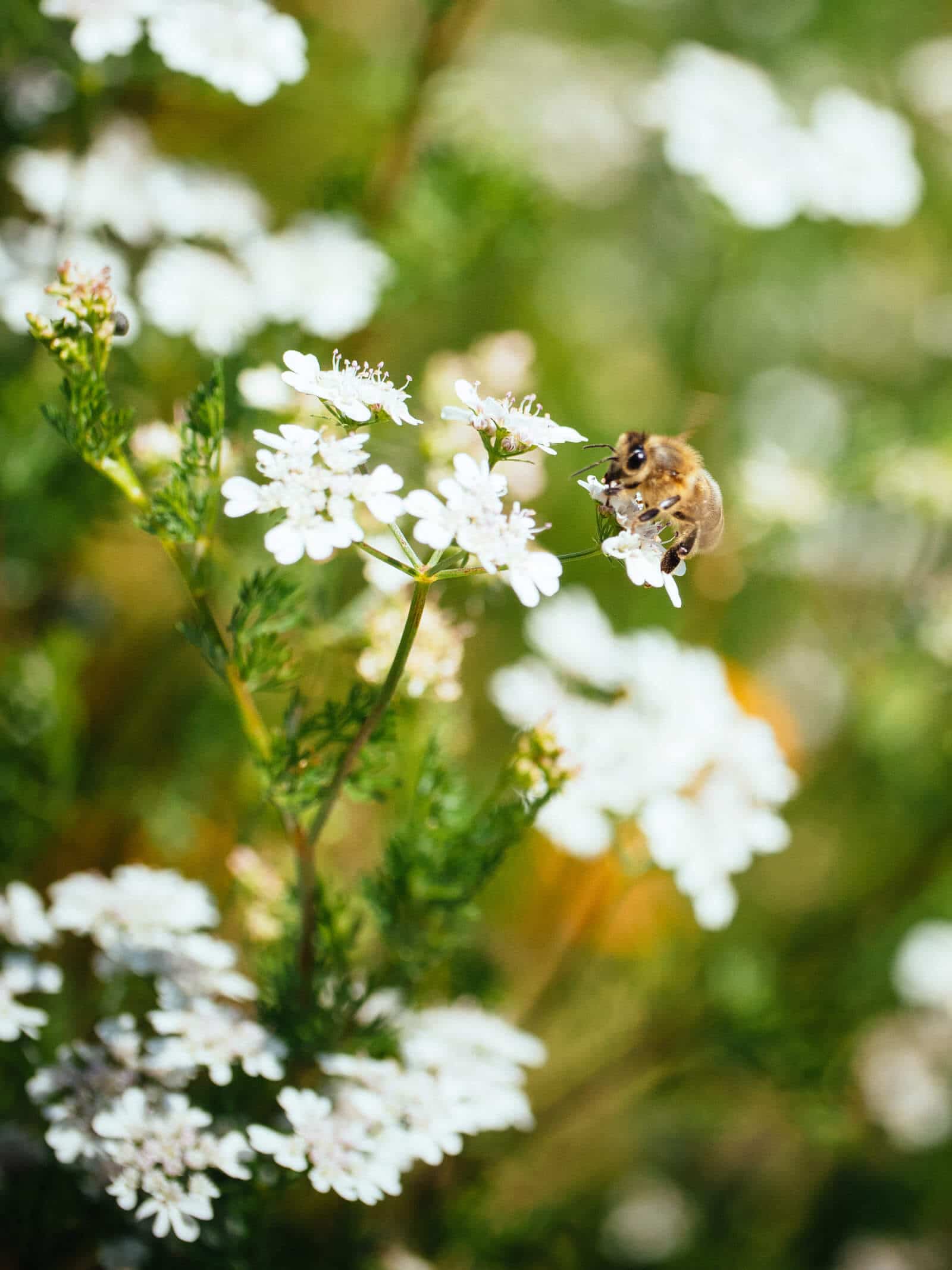
You see, bees and other pollinators are not particular about looks. They don’t want fields of fancy double-headed blooms, which—while certainly show-stopping—typically produce less nectar than single-headed flowers.
The “flowers within flowers” (like double dahlias and double peonies) make it harder for bees to access pollen. While the cutting stems are great for the flower vase, they’re not so beneficial for bees.
Many of these grander blossoms are also hybridized plants. They’re bred not to seed and thus produce very little pollen. Bees keep landing on them, attracted to the bright colors, but won’t get their fill of nectar.
What do the bees like?
Disclosure: If you shop from my article or make a purchase through one of my links, I may receive commissions on some of the products I recommend.
Where to buy
Bee-friendly flower seeds
They’re partial to airy umbrellas of flowers (known as umbels) like the ones found on carrots, dill, fennel, and Queen Anne’s lace.
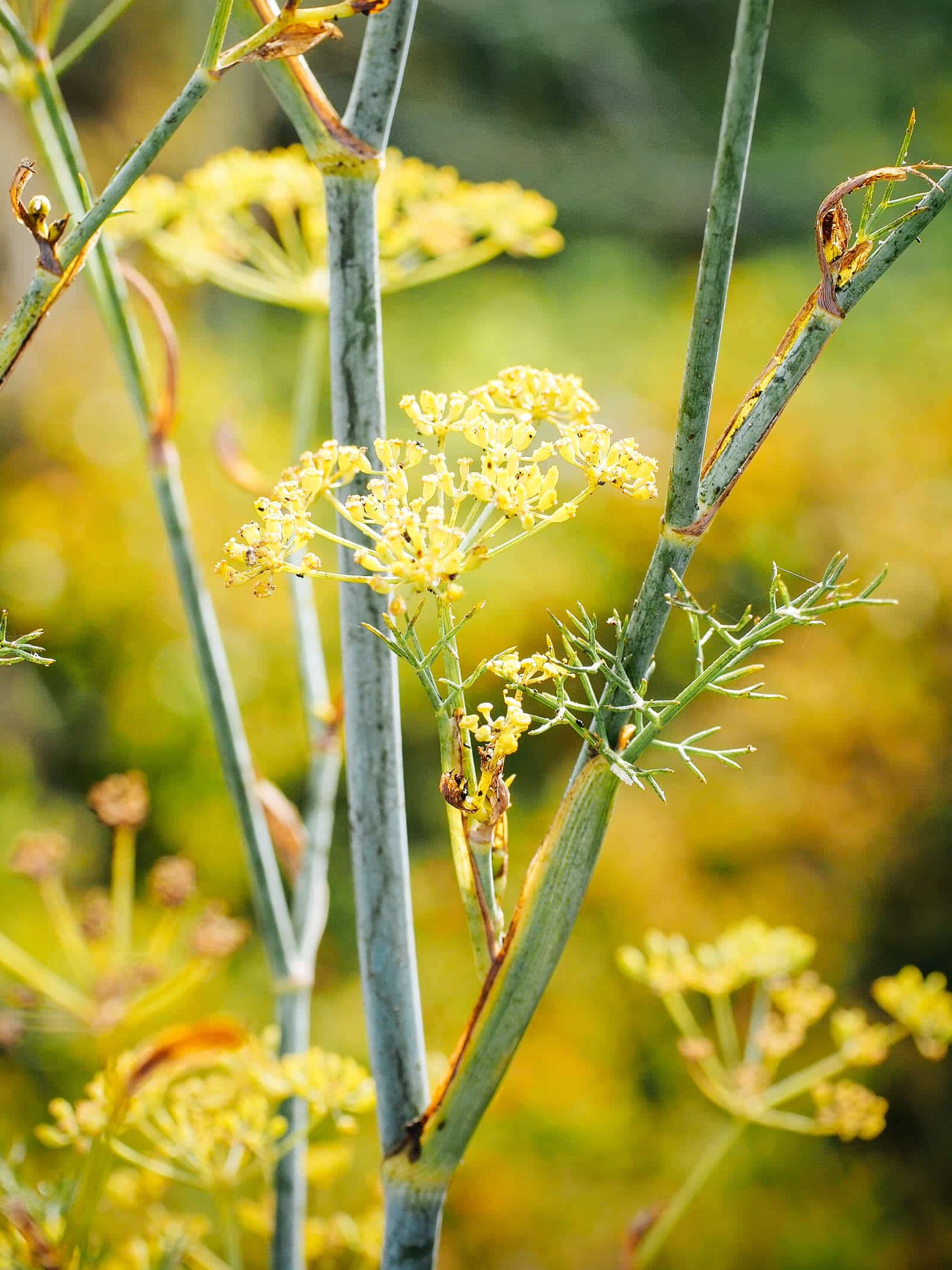
They love to feed on clusters of tiny flowers, such as those on yarrow, lantana, and chives.
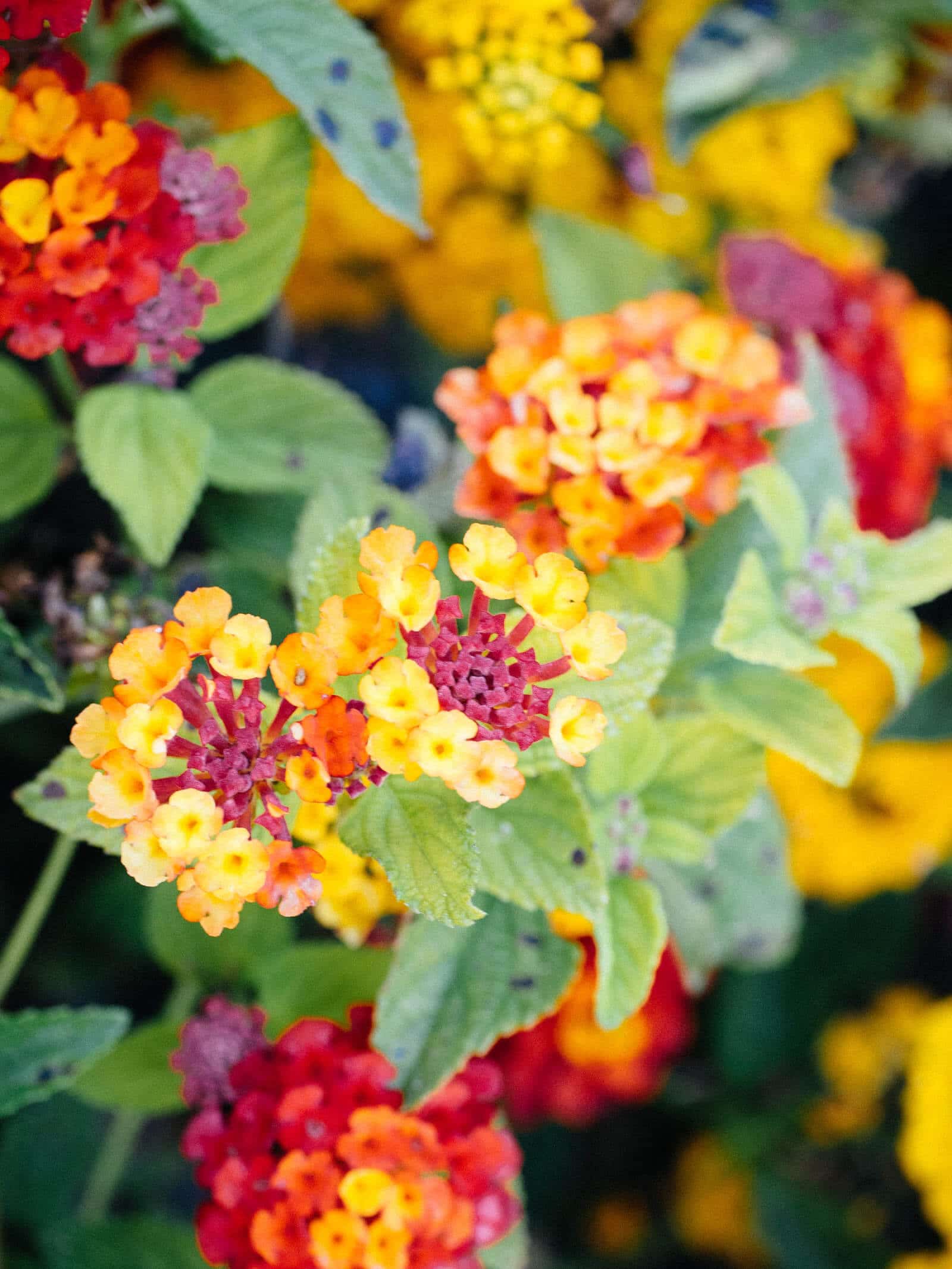
They prefer small, flat flowers they can land and walk on, like cosmos, black-eyed susans, and blanket flowers.
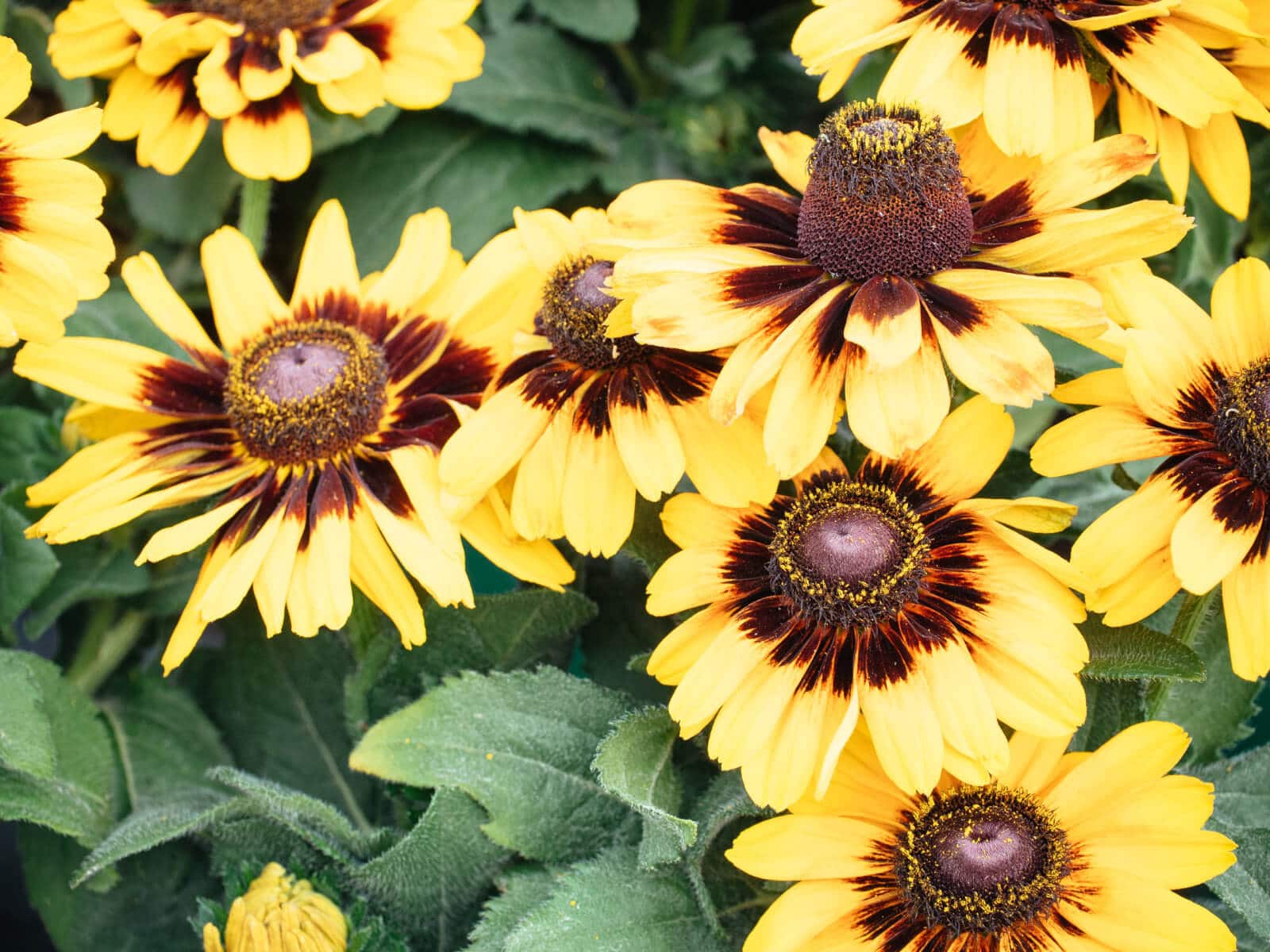
These flowers also happen to attract the widest variety of bees, as it’s just as important to feed mason bees, mining bees, and bumblebees (all your friendly natives) as well as the more-popularized (and non-native) European honeybees. (Not to mention they’re among the best types of flowers to plant in a butterfly garden—so you’ll really be creating a pollinator paradise!)
Read more: How to identify common bees found in your backyard
Bees also like—no, need—very early bloomers (like dandelions) or very late bloomers (like bergamot) when food sources are generally scarce in the garden.
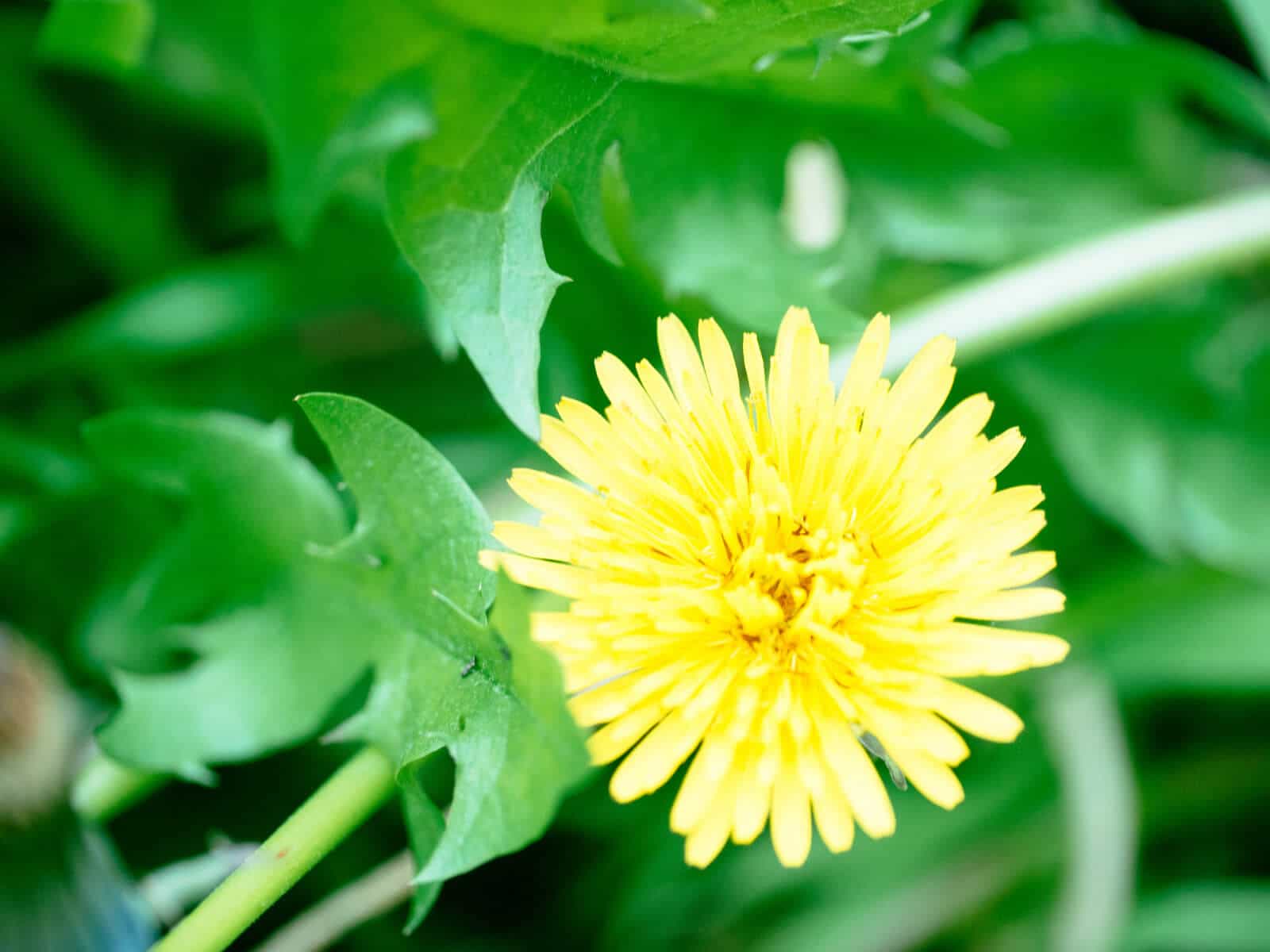
In fact, I always encourage gardeners to leave the dandelions on their lawns in early spring, as they provide an important source of food and habitat for pollinators and other wildlife when the landscape is looking bleak those first few weeks.
As you can see, it’s hard to go wrong with a bee garden. But if you want the best, no-fail flowering plants that have proven themselves in my own garden, year after year, here are my top five favorites that make the list for how easy and low-maintenance they are.
Bee-friendly flowers for your garden
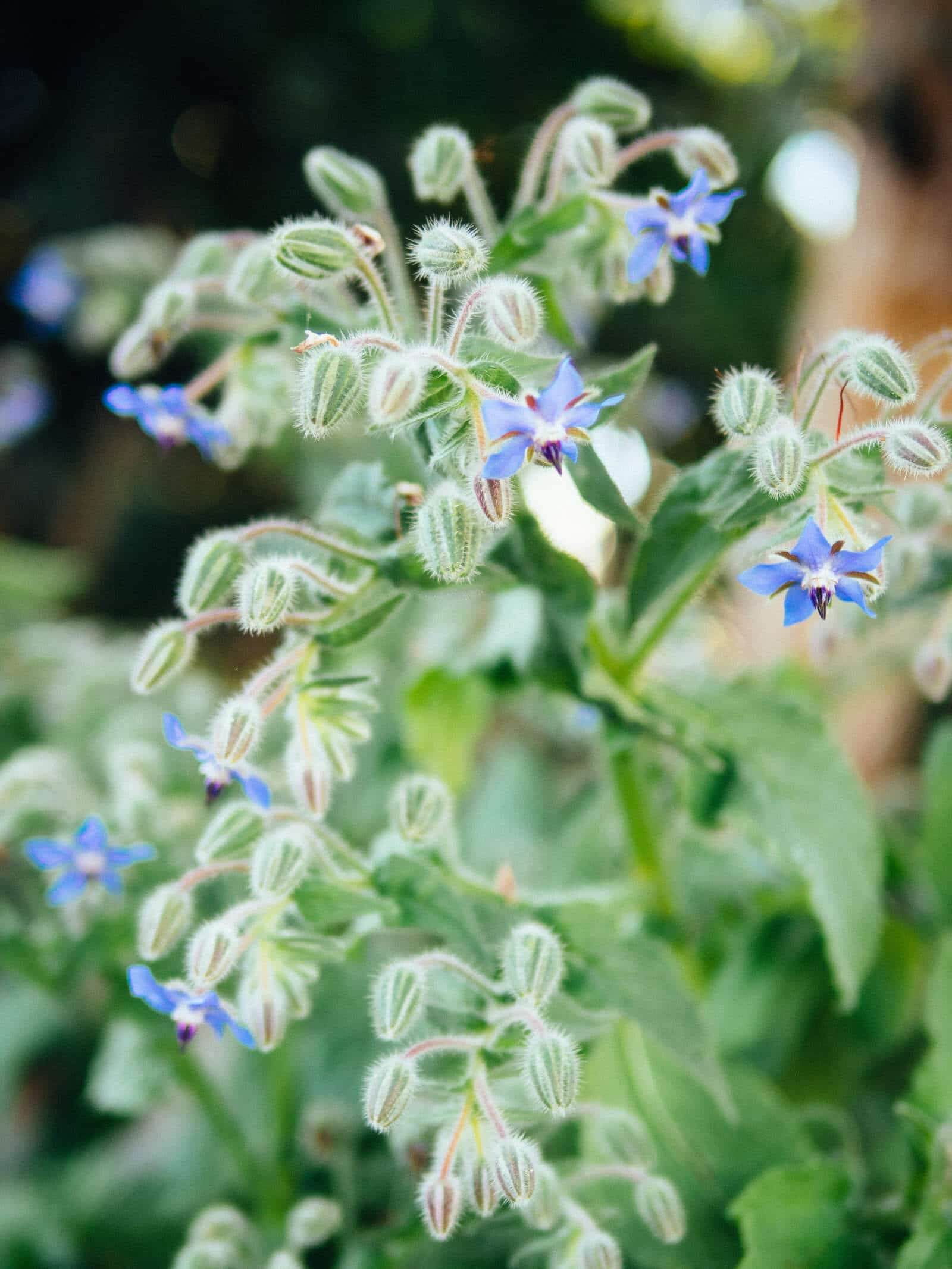
1. Borage
Borage (Borago officinalis) doesn’t make most people’s lists of favorite flowers, but it’s high on mine. The dainty, star-shaped blossoms not only look beautiful, they taste great, too.
Borage is a culinary and medicinal herb that’s usually grown as an annual flower. It’s the most delightful edible plant, with a sweet, refreshing flavor similar to cucumber. I wonder if that’s why the bees can’t get enough of it?
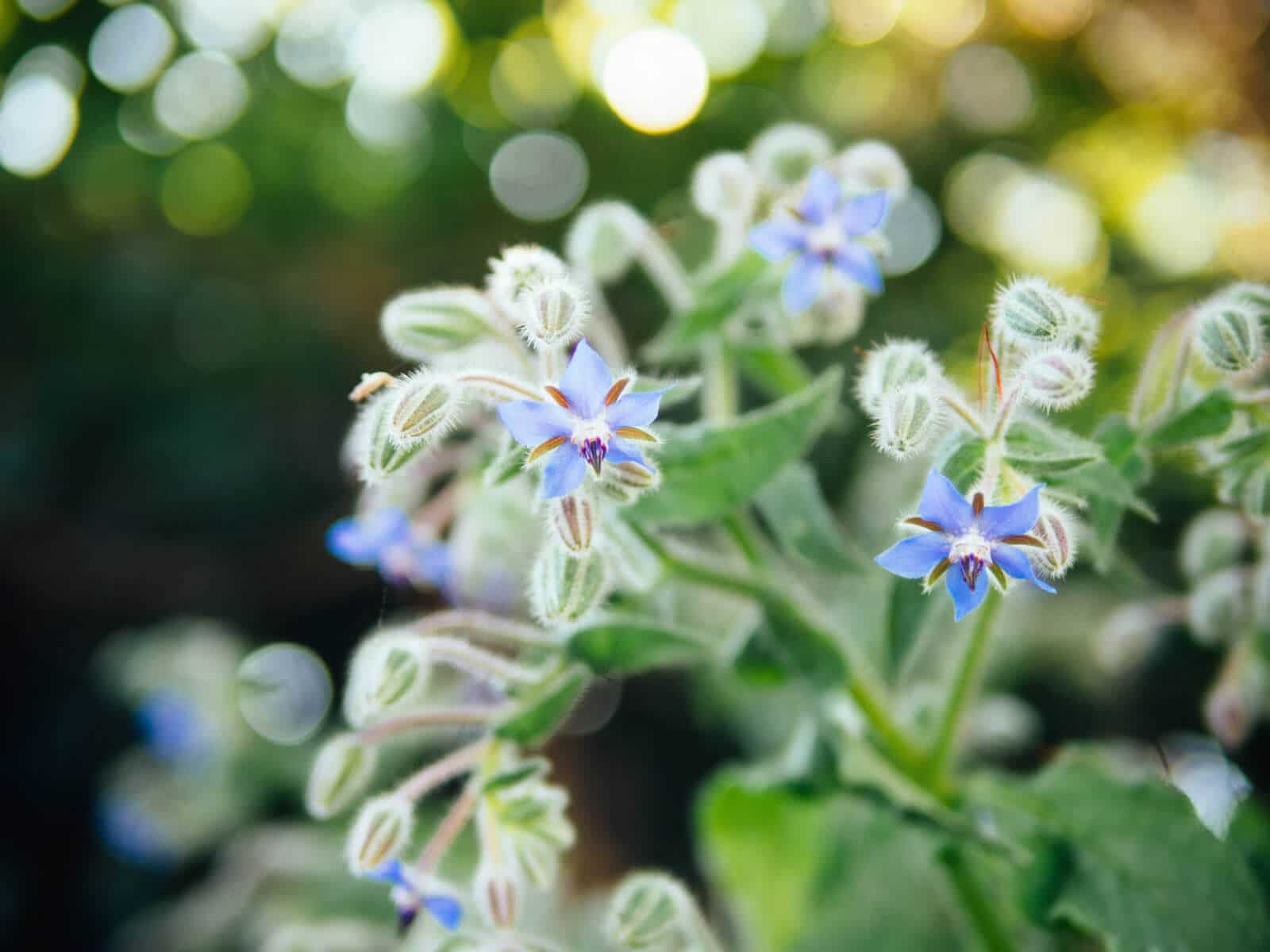
It thrives in full sun, tolerates poor, dry soil, self-seeds readily, and can weather a couple of light frosts. In fact, once you have a crop of borage firmly established in your garden, you’ll likely never need to seed it again. (But it’s easy to keep under control if you don’t want it spreading everywhere.)
Where to buy
Borage seeds
The plants grow quite stocky (up to 3 feet tall by 2 feet wide) and sometimes require staking if they become too top-heavy with flowers. They typically bloom from late spring through late summer, with plants in full sun producing the thickest stems and most flowers.
If you only have room to grow one bee-friendly flower in your garden this year, grow borage.

2. Calendula
As another medicinal herb that’s typically grown as an ornamental flower, calendula (Calendula officinalis) is an annual in most climates, and a short-lived perennial in warmer climates (USDA zones 8 through 10).
Calendula is sometimes known as pot marigold or simply, marigold—but should not be confused with marigolds from the genus Tagetes.
Where to buy
Calendula seeds
In herbal medicine, calendula has been used to heal rashes, burns, and wounds, and the flower itself is edible. (Though to be honest, it’s not the most palatable of the edible flowers, with sharp flavors ranging from tangy to peppery to bitter.)
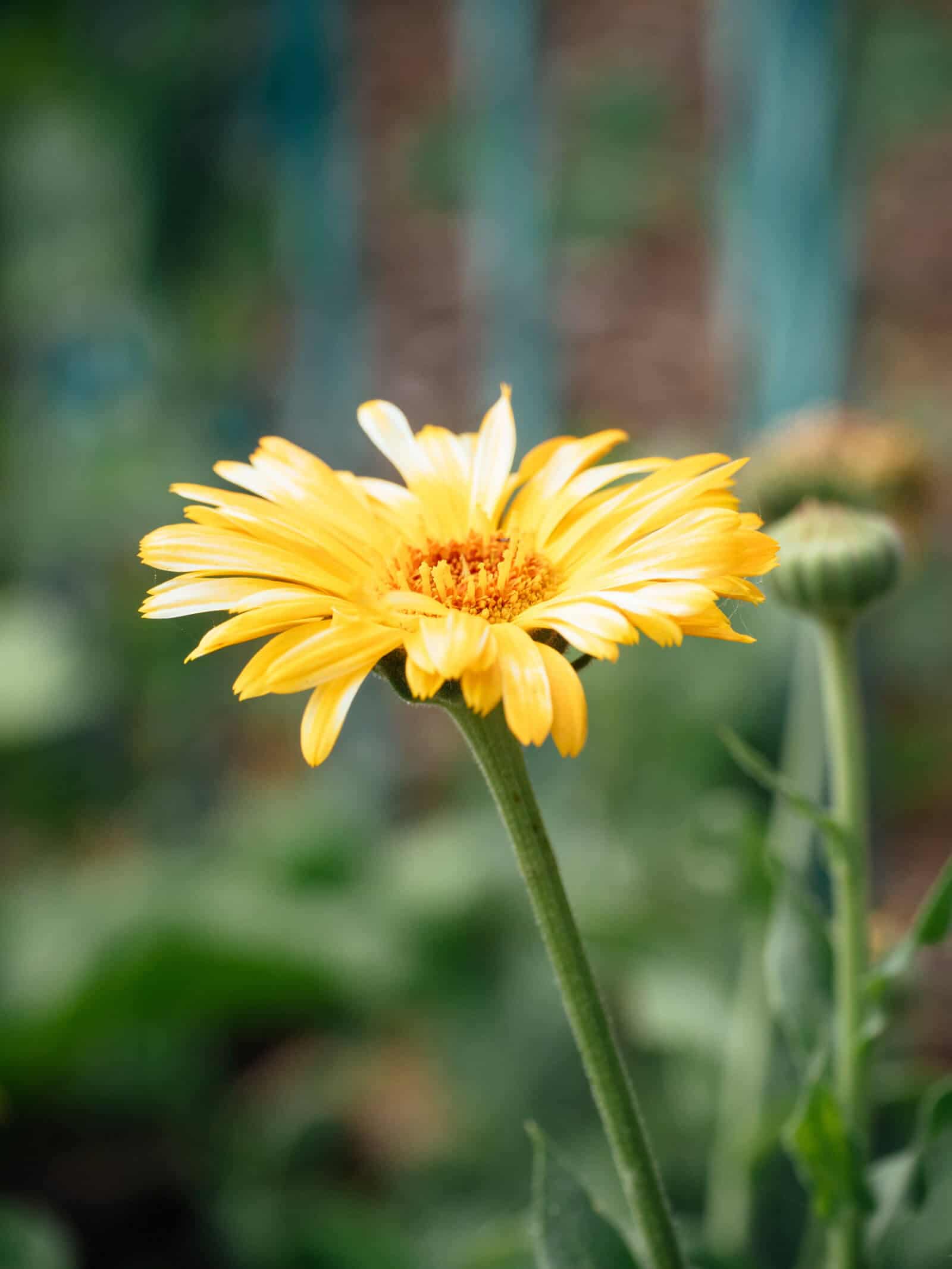
Bees love the plant’s flat, easy landing pads and profusion of pollen- and nectar-rich flowers. Calendula blooms all season long from spring through fall, and even moreso when picked and deadheaded regularly.
Let it reseed freely, and this low-maintenance plant will grow back year after year, even in poor to average soil with only occasional watering.
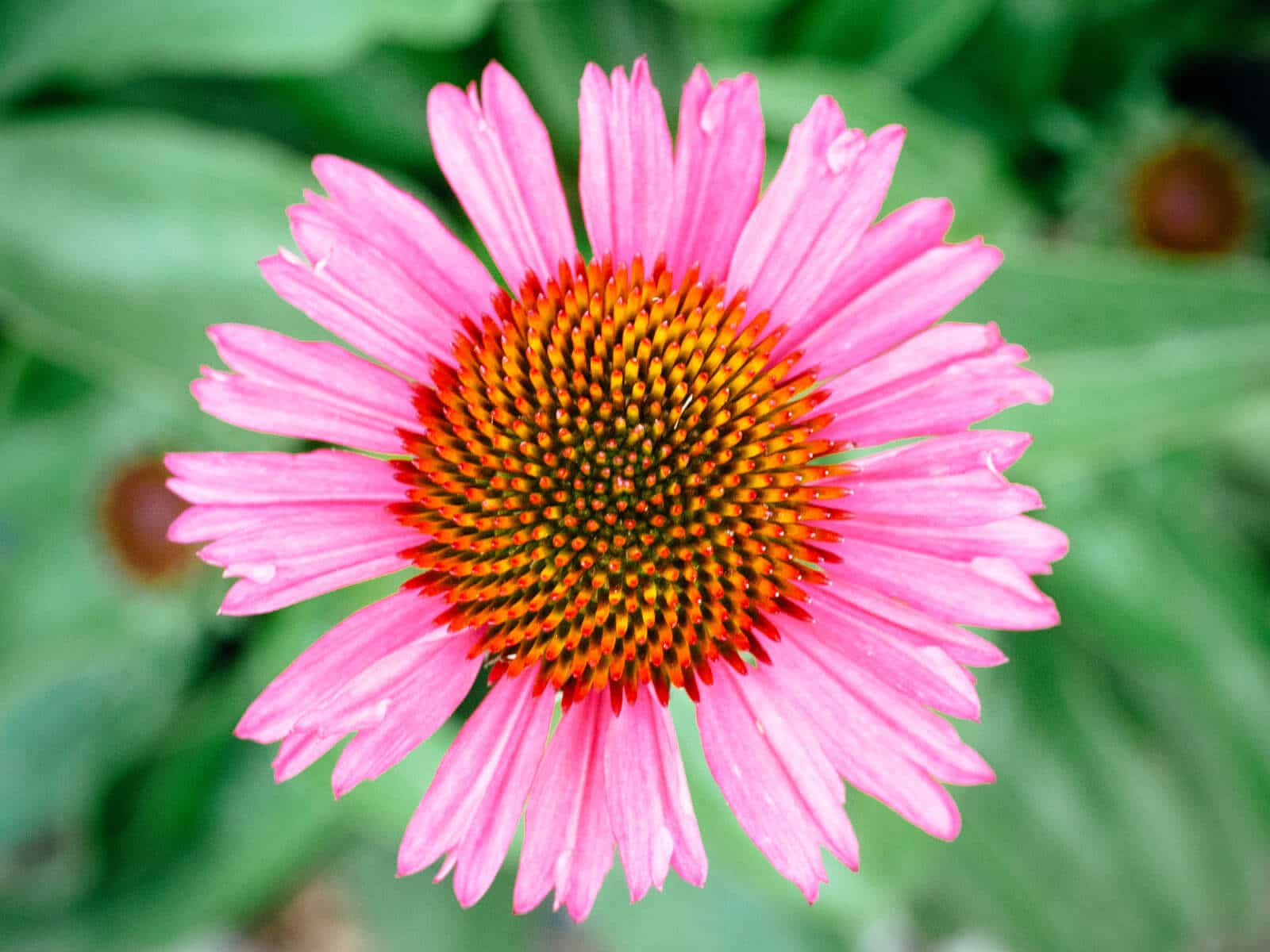
3. Coneflower
Also known as echinacea, coneflowers are quite distinctive in the garden, with their daisy-like, drooping petals and cone-shaped mounds of tiny flowers at the center of their larger flower heads.
The mounds are basically beacons for bees, which are drawn to the flower’s rich nectaries. One look at echinacea’s spiny blooms and it’s no wonder that its scientific name is derived from the Greek word ekhinos, meaning hedgehog!
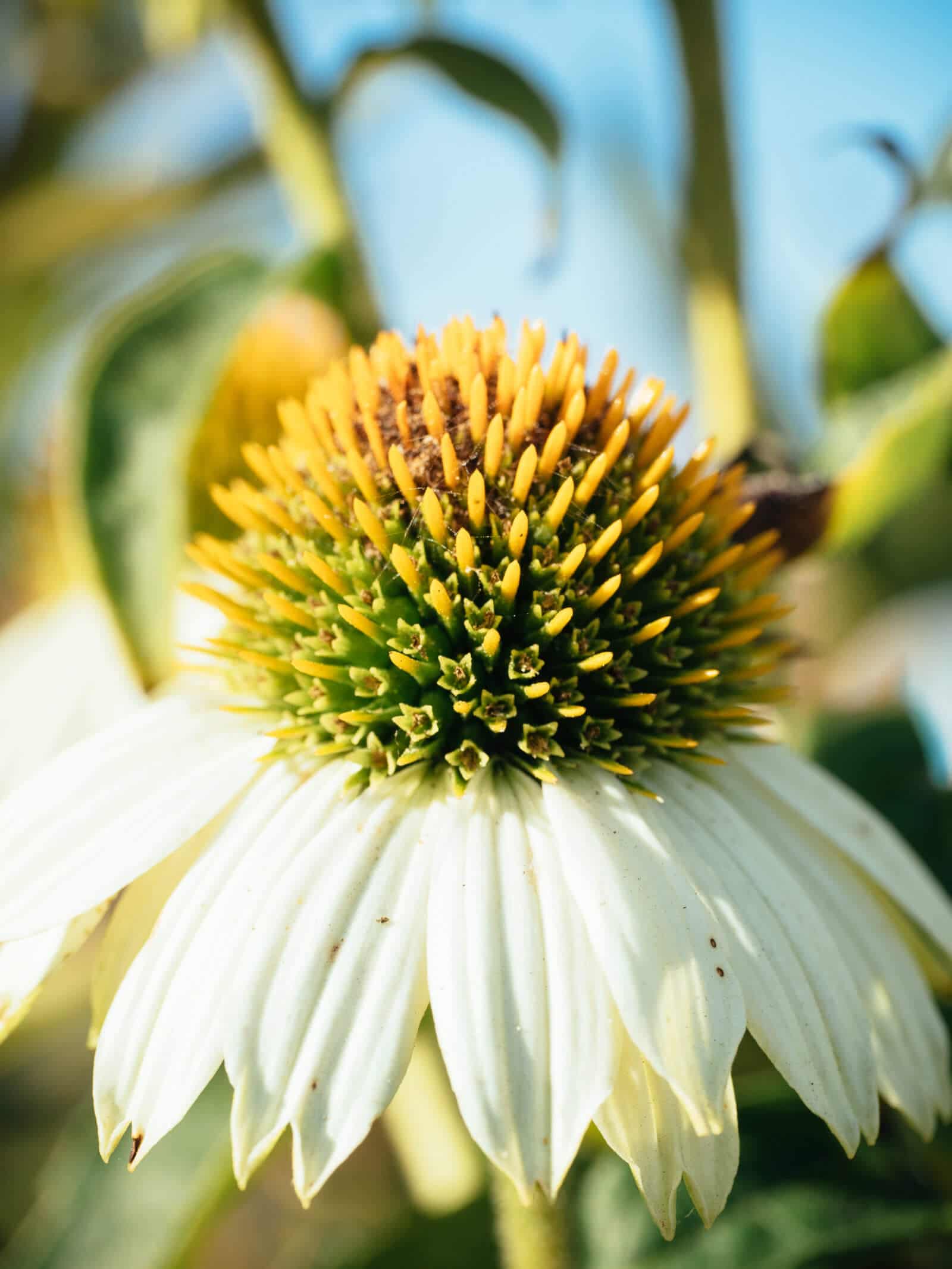
Coneflowers are ideal for desert climates, as they’re relatively drought-tolerant and can take the heat. (They’re also said to be somewhat deer-resistant, giving them an edge over other ornamental flowers. Of course, a deer that’s hungry enough will eat just about anything, so…)
Where to buy
Coneflower seeds
Most well-known of the Echinacea species are purple coneflowers (Echinacea purpurea), but they also flower in shades of pink, red, orange, white, and green.
They bloom from July to October and deadheading generally encourages more stems and more flowers, though some varieties are flower-producing machines that keep blooming, even without their spent blossoms removed.
Since they’re perennials, you can cut them down to the ground at the end of the season, and they’ll come back the following spring.
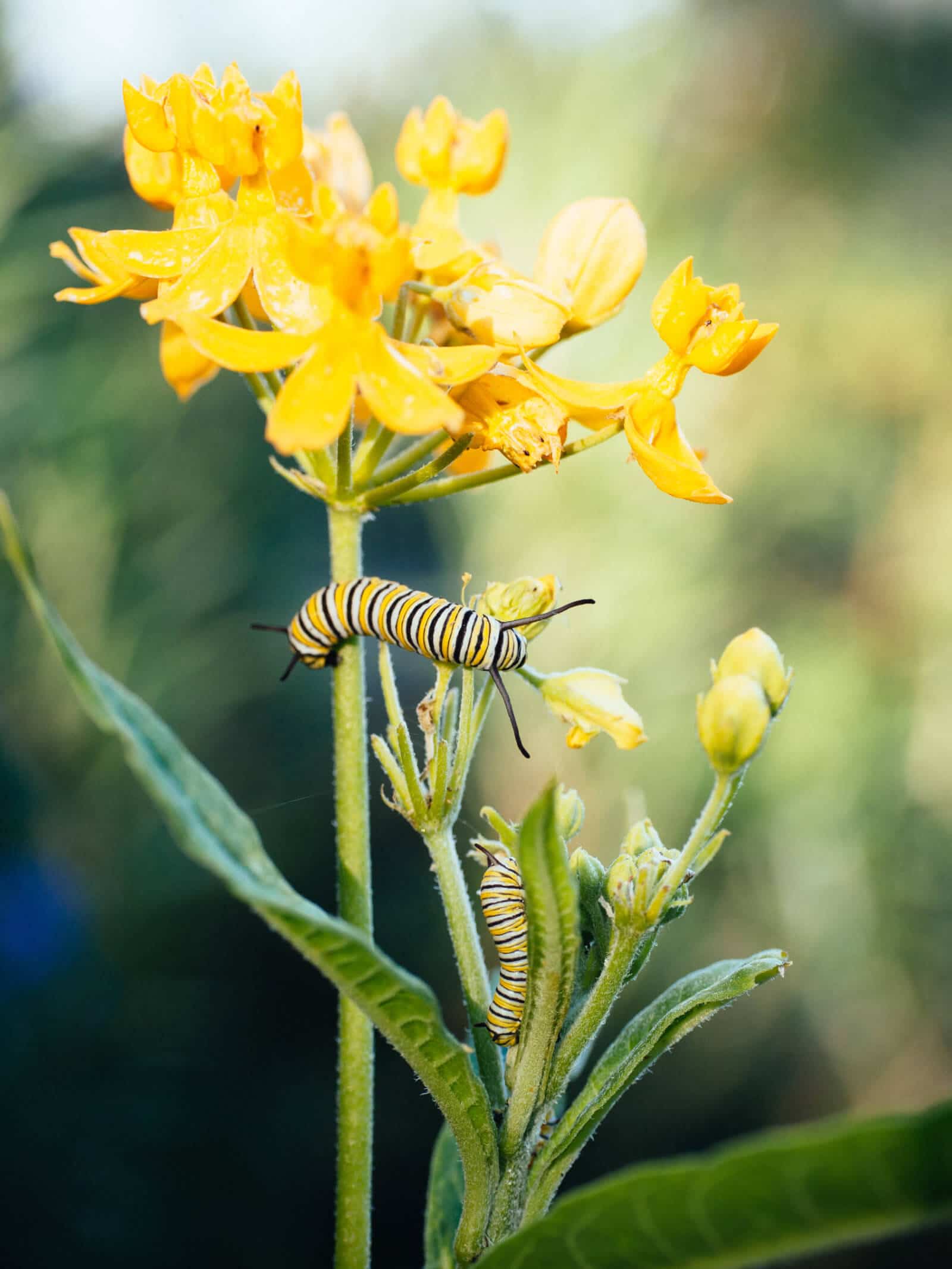
4. Milkweed
Milkweed (Asclepias) is best known for being the host plant and sole food source of the monarch butterfly larvae. (I wrote more about planting milkweed for the monarchs here.)
But milkweed also benefits bees, which love the clusters of little flowers that produce an abundance of nectar even in dry years.
While there are hundreds of milkweed species, four types of milkweed are good all-around choices for gardens in most areas of the country: butterfly weed (A. tuberosa), swamp milkweed (A. incarnata), showy milkweed (A. speciosa), and common milkweed (A. syriaca). Collectively, these plants cover the vast majority of climates from USDA zones 3 to 9 as perennials.
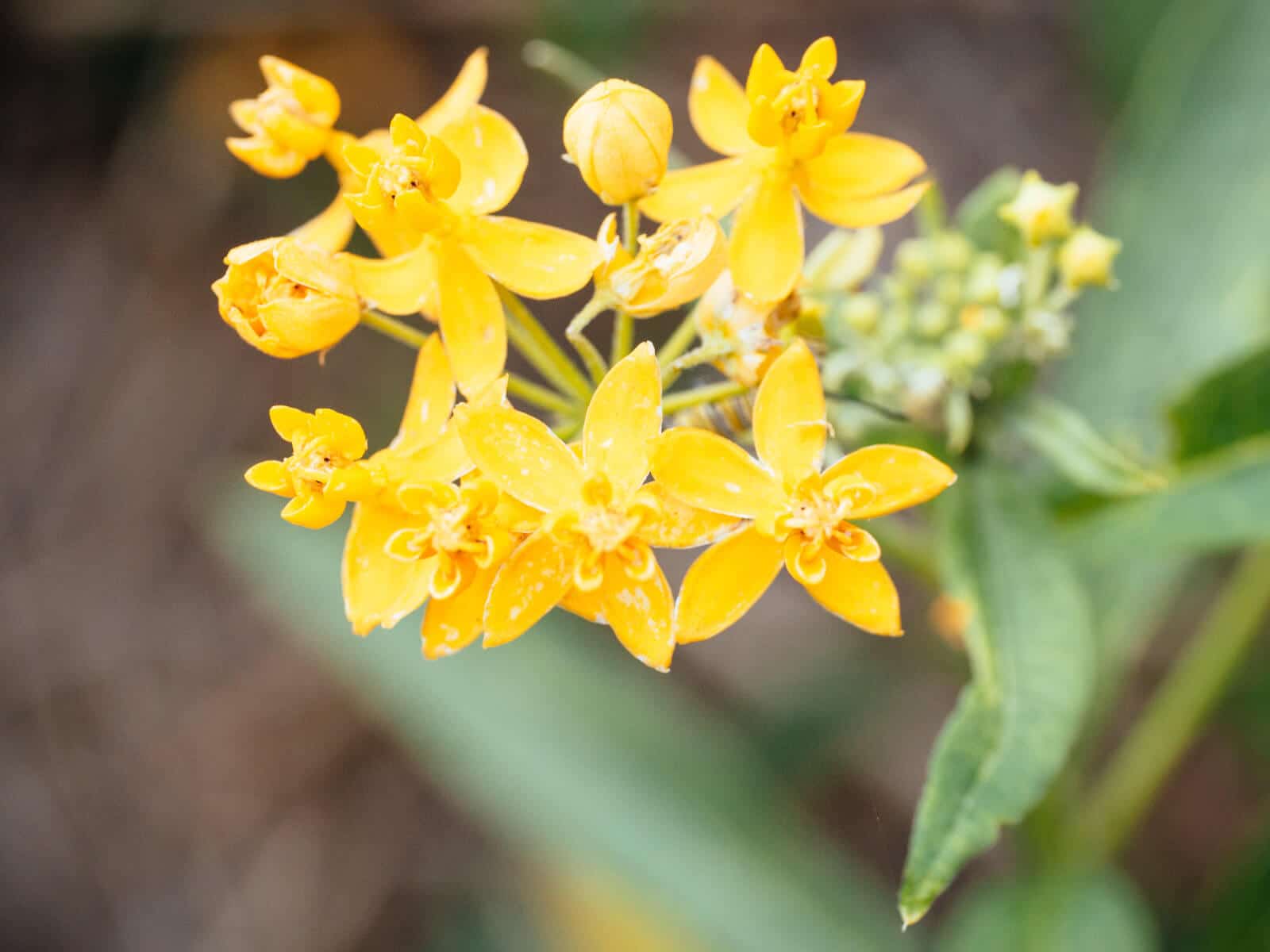
Depending on the species and climate, milkweed blooms from mid-spring through early fall. The easy-grow, easy-care plants can reach 2 to 6 feet tall and 2 feet wide, given full sun.
Where to buy
Milkweed seeds
With the exception of swamp milkweed (you can guess what type of environment that one thrives in), milkweed is extremely drought-tolerant and does well in poor to average, dry sandy soil. (Do you see a theme with my favorite bee-friendly flowers yet?)
To help sustain bee and butterfly populations, try planting a couple different varieties of milkweed that are native to your region. (Here’s a great guide to what grows best around the country.)

5. The mint family
The mint family (Lamiaceae) includes culinary classics like mint (all types, from your everyday peppermint to the more interesting chocolate mint), basil, sage, oregano, rosemary, thyme, savory, and lavender, as well as lesser-known lemon balm and anise hyssop.
These Mediterranean herbs prefer full sun and well-draining soil with poor to moderate fertility, just like their origins. Some are tender perennials while others are grown as annuals; some have upright habits and can be shaped into hedges, while others make resilient creeping ground covers.
Where to buy
Mint family seeds
You likely already have at least one of these herbs growing (if not several), but did you know they’re also some of the best bee-friendly plants to have around?
Pollinators love the constant crop of flowers from April through December, depending on your climate and cultivar.
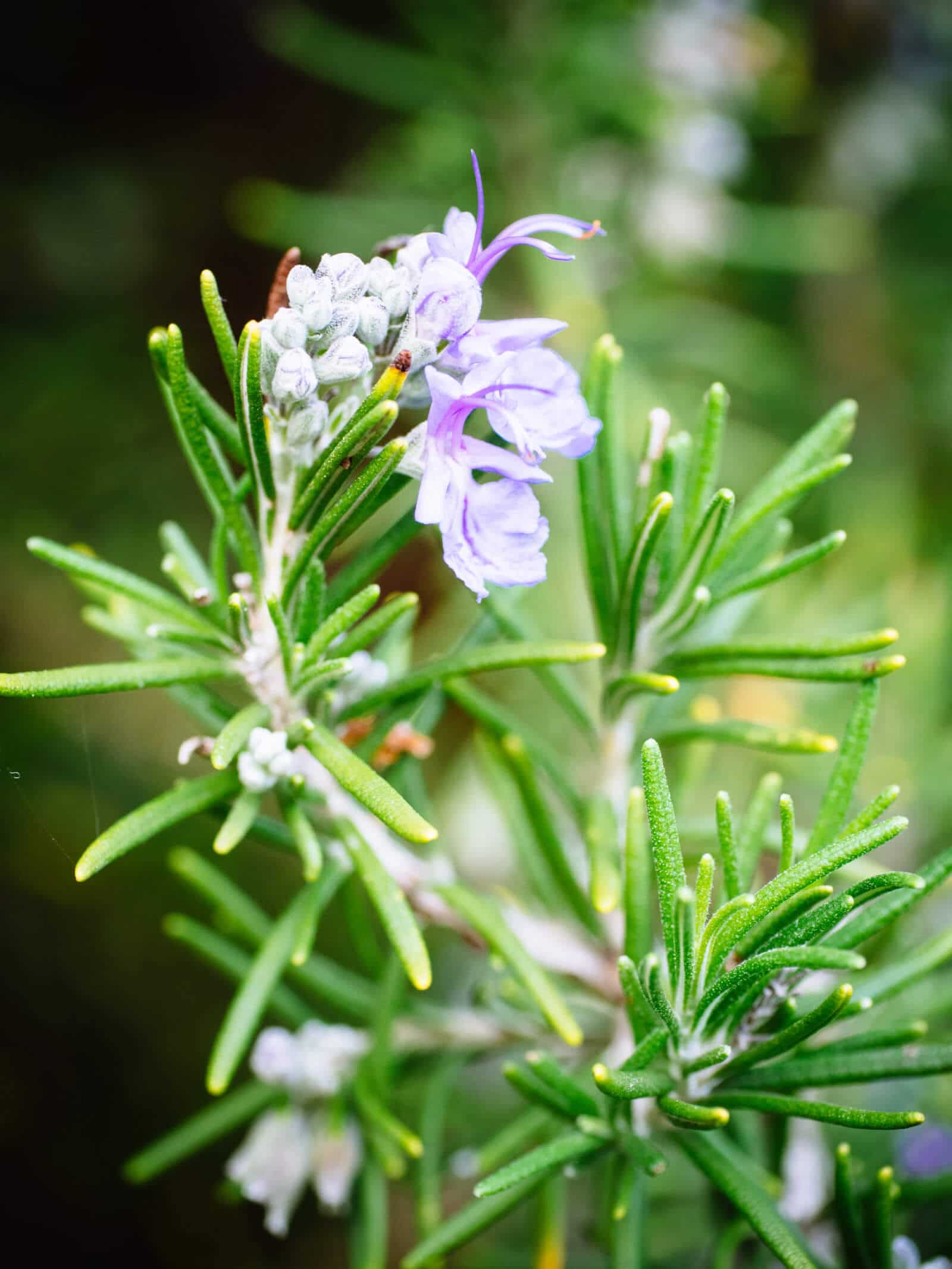
Rosemary, for example, can bloom in late spring to early summer in temperate zones, or from late fall to early winter in warmer zones. (Rosemary also makes you smarter, per science.)
Thyme has one of the longest blooming seasons of any herb, and doesn’t lose flavor once it flowers (so let it flower freely!).
By planting several of these highly aromatic herbs around your yard, you can create a pollinator oasis while reaping many of your own benefits, from seasoning food and steeping tea in the kitchen to companion planting and repelling pests in the garden.
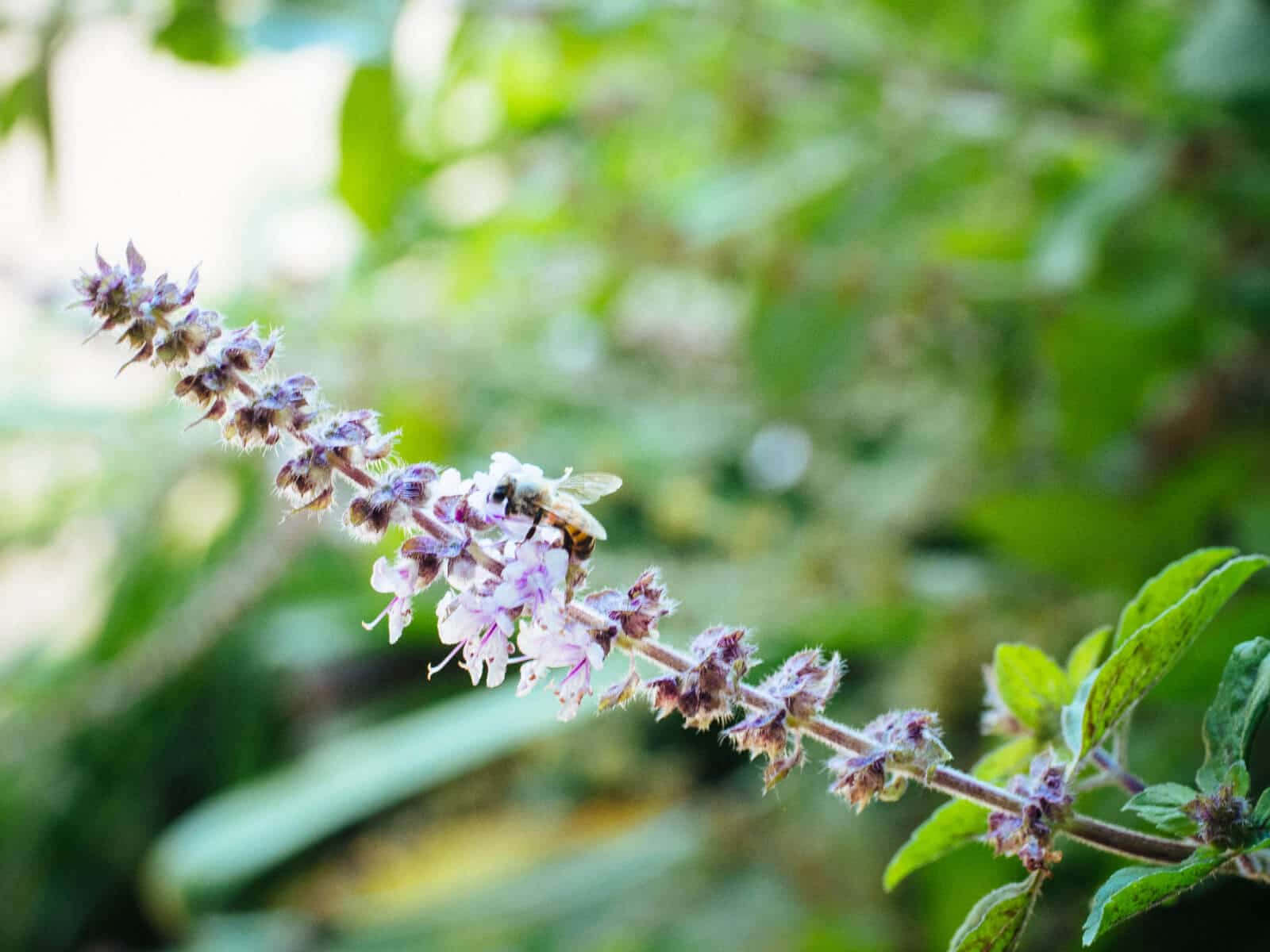
Whichever flowers you choose, be sure to plant at least three different varieties that bloom at different times. That way, you can support a diverse ecosystem of not only bees, but also butterflies, wasps, hummingbirds, beetles, and other wildlife that depend on plants for food and habitat.
See more: You can also make your own hummingbird food if nectar is in short supply
















My bees love Joe Pyeweed. Tall sturdy hedgerow plant, but not invasive. Native? Sedum? Grows wherever you find milkweed and a great mauve-pink cut flower. Not sure what flavor, if any, it adds to honey.
none of your where to buy places show up when clicked on.
I am a lover of growing good tasting food. I enjoy learning all that I can and work it. Thank you for sharing.
BillieJean
YOU SHARE A WEALTH OF GARDEN KNOWLEDGE. YOUR SITE IS ONE OF A VERY FEW THAT I NEVER PASS BY. I AM AMAZED AT HOW MUCH WORK YOU GET DONE. THANKS FOR SHARING.
I get all kinds of bees on the catmint in our garden. Perennial, easy to grow in full sun, and the bees and butterflies love it
Sometimes this site doesn’t line up with the photos, sometimes you mention sizes of bees, other times you don’t, sometimes the photo is above the description, other times not.
I really enjoyed reading your well put together bees names story. Thank you for sharing.
Thanks for this Linda. What about best plants to grow for bees and other beneficial insects in a shady garden?
I recommend alyssum, viola, lobelia, trillium, forget-me-not, impatiens, and clover!
From Australia: I find Mint and lemon balm do well in shadier areas, but do need bright light and some sun – even just an hour is beneficial. I garden in a warm temperate climate with some frosts in winter. Some salvias do well in part shade, too – and I’m not aware of a salvia that isn’t loved by bees. I have Salvia involucrata which is supposed to like more shade than other types and a hot pink woolly salvia cutting from a friend’s garden which copes well with quite a bit of shade. I can’t positively identify the species of this one, but suspect its an involucrata or something closely related. It grows large here – a good six feet high with stems over an inch in diameter if not kept trimmed. Would be interested to know if someone in the other hemisphere gets the same results. I’m also finding that with climate change, any plant for which ‘full sun or part shade’ is recommended really needs part shade now. this is after nearly sixty years gardening in the same spot.
I find oregano to attract far more bees and wasps than any other variety of mint in our garden, both in numbers and in different species. It’s also one of the more attractive mints, and grows into mounds rather than spreading long distances by runners.
Clumping oregano is a favorite of mine too, and it’s so easy to divide and transplant around the garden to fill in some empty spaces.
Such a great article! Happy to say that I grow all of these in my little garden and there are tons of pollinators flitting about all the time!
Love that Lydia! I’ve had to scale back because of our recent rental situation, but am already planning my next pollinator garden when we’ll finally be in our forever home next year!
They also love the Salvia in my yard
Judi…That’s because Salvia is in the mint family too! You can identify this plant family easily as it is know for having square stems and the leaves grow in pairs opposite one another on the stem! The foliage of many of the Salvia is also very fragrant when crushed….not always as pretty a scent as their cousins the mints …but, still fragrant!
Salvia is a favorite in the garden! I love growing the ornamental varieties as the flowers are really stunning.